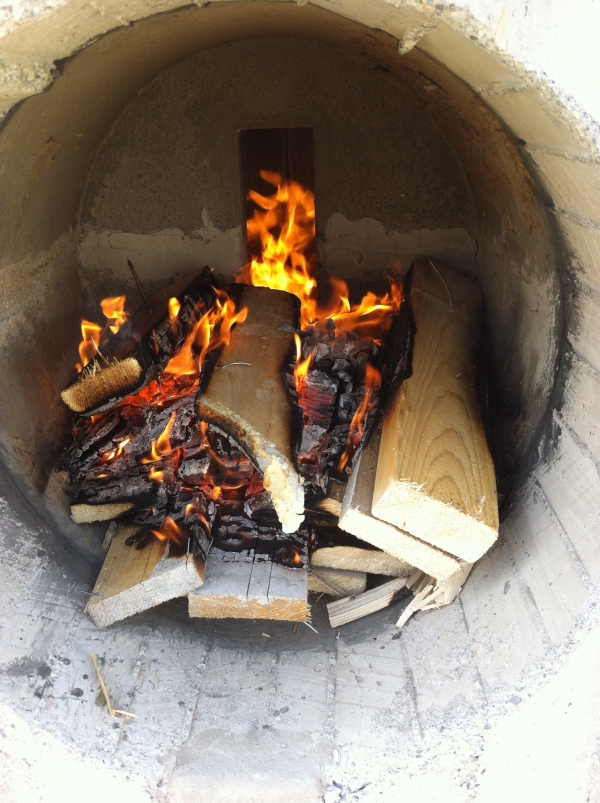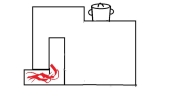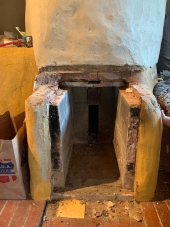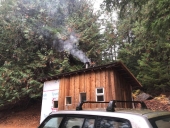

 13
13




![Filename: 20221229_084410.jpg
Description: [Thumbnail for 20221229_084410.jpg]](/t/207117/a/198364/20221229_084410.jpg)
![Filename: 20221229_084609.jpg
Description: [Thumbnail for 20221229_084609.jpg]](/t/207117/a/198365/20221229_084609.jpg)
For all your Montana Masonry Heater parts (also known as) Rocket Mass heater parts.
Visit me at
dragontechrmh.com Once you go brick you will never go back!
 4
4




 3
3




Nails are sold by the pound, that makes sense.
Soluna Garden Farm -- Flower CSA -- plants, and cut flowers at our farm.




 4
4




For all your Montana Masonry Heater parts (also known as) Rocket Mass heater parts.
Visit me at
dragontechrmh.com Once you go brick you will never go back!




 5
5




For all your Montana Masonry Heater parts (also known as) Rocket Mass heater parts.
Visit me at
dragontechrmh.com Once you go brick you will never go back!




Where there is Liberty, there is Christ!
 8
8




Thomas Tipton wrote:"Arches are cool but...
Peter's Batch boxes are designed with a flat roof.
I believe that is a necessary part of his design for clean burning."
Now, you know I just have to ask "Why?"


regards, Peter




thomas rubino wrote:
The 6" studio Dragon received a very expensive 12x24x2" heavy firebrick tile. This cost me $160.
I don't own the plants, they own me.
 4
4




 4
4




 5
5





regards, Peter
 3
3




 3
3




 7
7




regards, Peter
 4
4




thomas rubino wrote:
As far as trying to cook on that cast... forget it, cooking on a stovetop over 1500F would not be recommended.
Putting an oven on top would be a struggle to moderate the temperature for baking.
 3
3








 5
5




For all your Montana Masonry Heater parts (also known as) Rocket Mass heater parts.
Visit me at
dragontechrmh.com Once you go brick you will never go back!
 3
3




thomas rubino wrote:Hi Miguel;
A factory-made large firebrick tile is the longest-lasting batch box roof available.
Casting your own works but it is harder than it sounds, cracking is a definite possibility.
Cast iron works well if you are not extreme burning.




 3
3




For all your Montana Masonry Heater parts (also known as) Rocket Mass heater parts.
Visit me at
dragontechrmh.com Once you go brick you will never go back!
 4
4




thomas rubino wrote:Hey Miguel;
I consider extreme burning to be back-to-back burns for hours on end.
We burn like that in our uninsulated greenhouse and it remains above freezing all night with no fire.
My shop stove is the same way, a large poorly insulated building.
I burn nonstop when working out there in cold weather.
I used a cast iron roof on the shop stove and although it is still in place and usable it now has a large sag at the hottest part.
In contrast, the factory-made Firebrick tile I have in the greenhouse is as good as the day I installed it.
For longevity, I have found the premade tiles to be the best.




 8
8




![Filename: 20250404_124512.jpg
Description: [Thumbnail for 20250404_124512.jpg]](/t/207117/a/262772/20250404_124512.jpg)
![Filename: 20250404_124622.jpg
Description: [Thumbnail for 20250404_124622.jpg]](/t/207117/a/262773/20250404_124622.jpg)
![Filename: 20250404_124641.jpg
Description: [Thumbnail for 20250404_124641.jpg]](/t/207117/a/262774/20250404_124641.jpg)
For all your Montana Masonry Heater parts (also known as) Rocket Mass heater parts.
Visit me at
dragontechrmh.com Once you go brick you will never go back!

|
Normally trees don't drive trucks. Does this tiny ad have a license?
The new purple deck of permaculture playing cards
https://www.kickstarter.com/projects/paulwheaton/garden-cards
|








